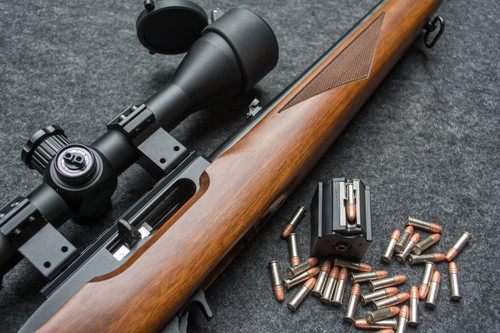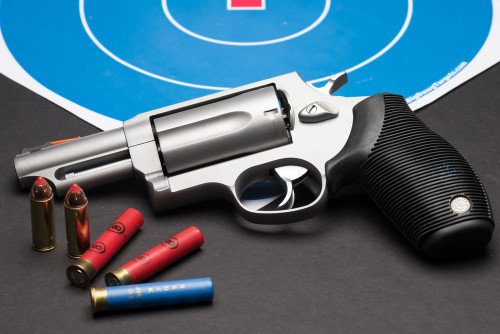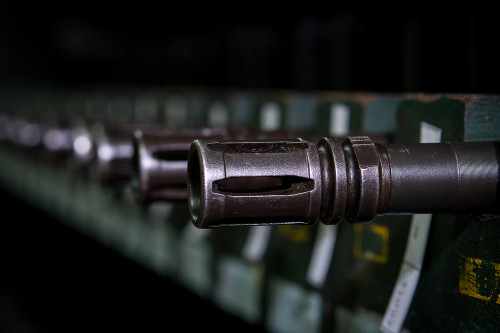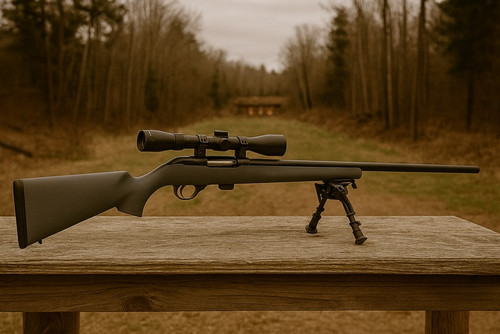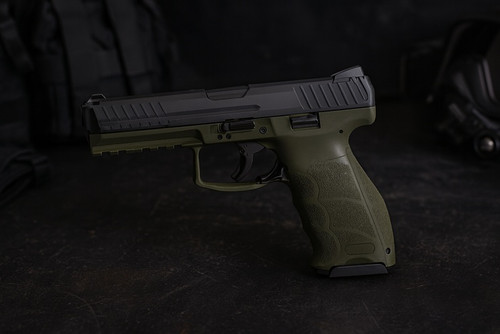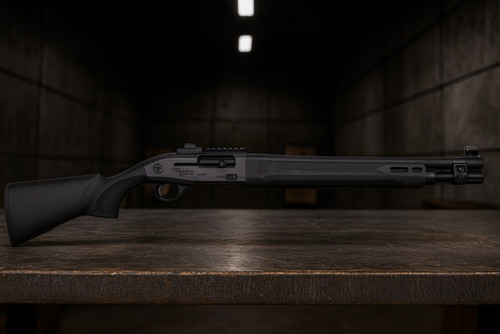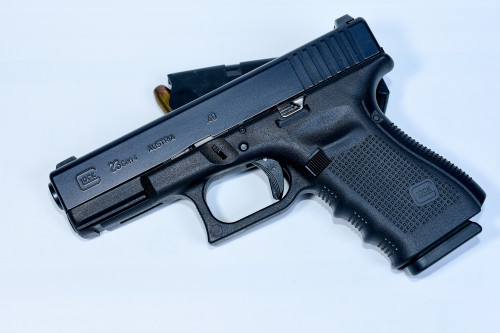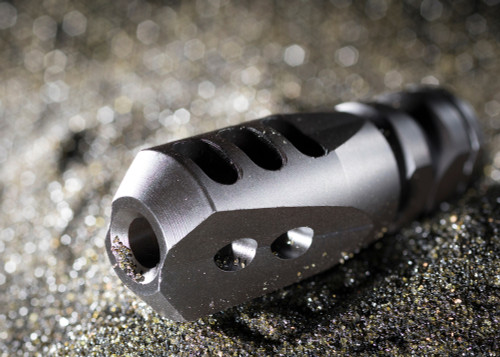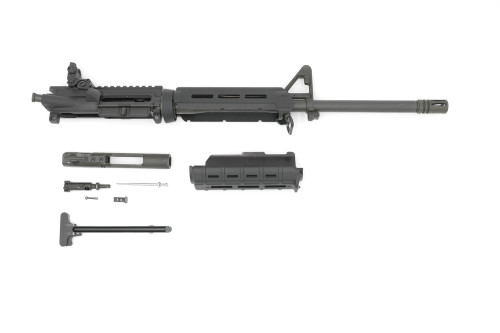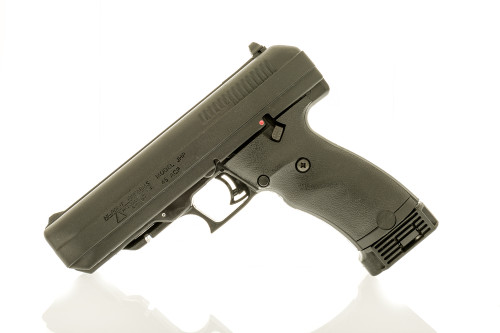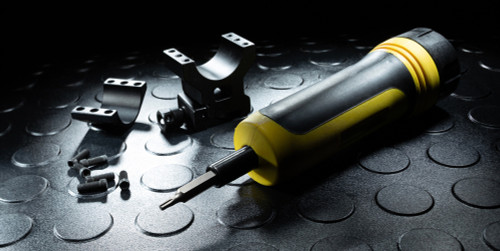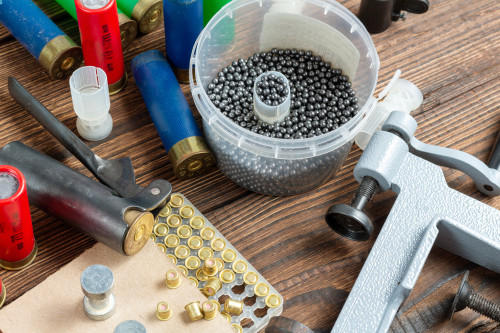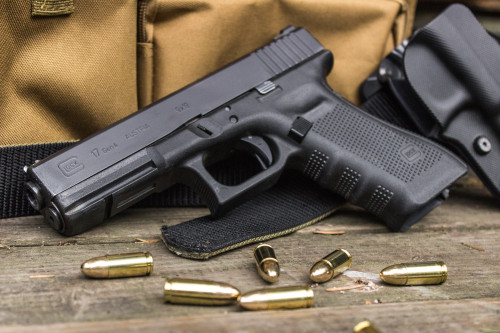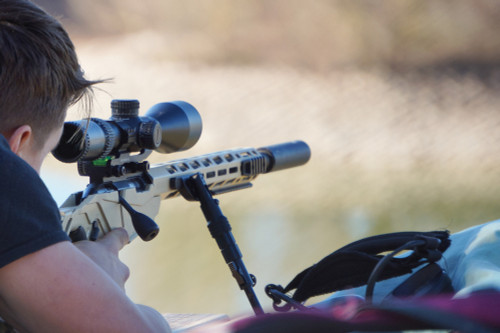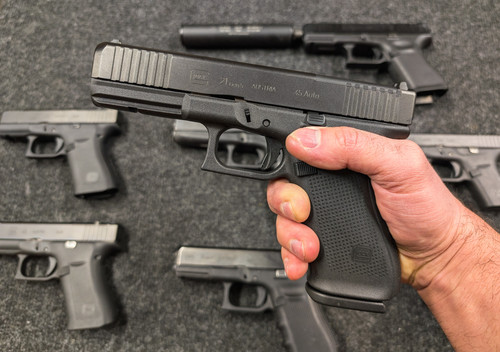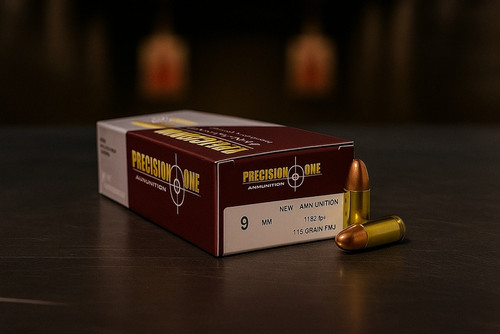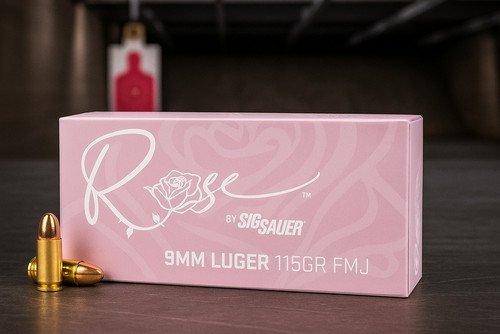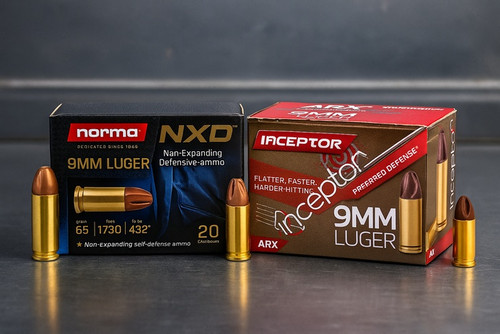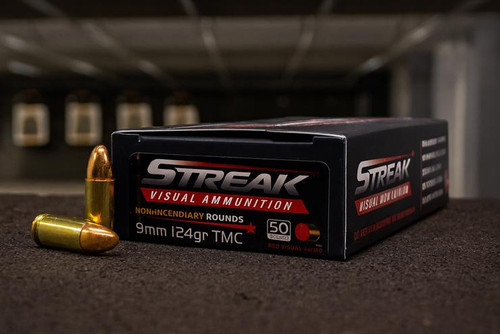The right load. The right mindset. The right results.
For decades, the 12-gauge shotgun has been a go-to firearm for home defense, ranch security, and law enforcement. Its simplicity, versatility, and raw power make it one of the most practical and proven defensive platforms around.
But there’s one critical variable that determines how effective it really is in a life-or-death situation: ammunition choice.
Not all 12-gauge shells are suited for defense, and using the wrong load can be ineffective—or worse, dangerous. Whether you’re prepping a pump-action for bedside duty or outfitting your semi-auto for property defense, understanding how buckshot, slugs, and shell performance work in real-world defensive scenarios is key.
In this guide, we’ll cover:
- What makes 12-gauge suitable for defense
- A breakdown of buckshot, slugs, and birdshot for defensive use
- Key features to look for in defensive loads
- A lineup of top-performing 12-gauge defense ammo
- Practical considerations based on real-world defensive environments
- FAQs and Final Thoughts from a use-first perspective
Why Choose a 12-Gauge for Defense?
There’s a reason shotguns—especially 12-gauge models—have been part of home defense strategies for generations:
- Massive stopping power: One shell of 00 buck delivers 8 to 9 large pellets, each with energy equivalent to a .32 ACP bullet. That’s like firing a compact handgun nine times at once.
- Ease of use: Most defensive pump shotguns have simple controls and reliable function.
- Proven track record: Law enforcement and military units worldwide have relied on 12-gauge platforms in close-quarters battle for decades.
- Psychological presence: Even the sound of a pump racking has a reputation that transcends gun communities.
But the shotgun isn’t a magic wand. It requires skill, proper setup, and—most importantly—the right ammunition to deliver controlled, reliable results under stress.
Understanding Your Load Types: Buckshot, Slugs, and Birdshot
Buckshot: The Defensive Standard
- What it is: Buckshot shells contain multiple large lead pellets (commonly 00, #1, or #4 buck) that spread out upon firing.
- Why it works: You get a wide pattern of devastating projectiles that create multiple wound paths. It’s incredibly effective inside 25 yards.
- Downside: Can over-penetrate walls or unintended targets if not chosen carefully.
Slugs: The Precision Option
- What it is: A single, heavy projectile—essentially a massive bullet. Slugs are ideal when you need deep penetration or accuracy beyond 25 yards.
- Why it works: Provides controlled, rifle-like accuracy at shotgun distances. Works well through barriers or on larger threats (e.g. animals).
- Downside: Heavier recoil. Greater risk of over-penetration. Not ideal for tight hallways or multi-occupant homes.
Birdshot: Misunderstood but Situational
- What it is: Contains hundreds of tiny pellets designed to take down birds—not humans.
- Why it’s not preferred: Lacks the penetration required to reach vital organs in a determined attacker.
- When it may be used: Very close-range defense in small spaces with ultra-low risk of collateral damage.
Bottom line: Buckshot is the sweet spot for most. Slugs are situational. Birdshot is generally discouraged unless no other option is available.
What to Look For in Defensive 12-Gauge Shells
Not every 12-gauge round on the shelf is suitable for defense. Prioritize these features:
- Shot Size: For buckshot, 00 or #1 buck offer the best balance of penetration and pellet count.
- Shell Length: 2¾″ shells are usually sufficient and produce more manageable recoil. Only use 3″ or 3½″ if your shotgun is built for it—and you’ve trained with them.
- Recoil Management: Many manufacturers offer reduced-recoil defensive loads. These allow faster follow-up shots without sacrificing much stopping power.
- Pattern Consistency: Defense buckshot should pattern tight enough to stay on target at 15–25 yards, but not so tight that it behaves like a slug.
- Reliable Feeding: Test the exact load in your shotgun. Some loads don’t feed reliably in certain semi-autos or even pumps with worn extractors.
- Penetration & Energy: Defensive loads must penetrate at least 12 inches in ballistic gel to meet FBI standards for threat-stopping effectiveness.
- Home Layout Consideration: If you live in an apartment or multi-room house, pick loads that balance power with safe performance through drywall.
Popular Defensive 12-Gauge Options
|
Brand & Load |
Shell Size |
Type |
Pellet/Slug |
Velocity (FPS) |
Notes |
|
Federal LE Tactical 00 Buck |
2¾″ |
Buckshot |
9-pellet, FliteControl |
~1,145 |
Tight patterning, proven in law enforcement use |
|
Hornady Critical Defense |
2¾″ |
Buckshot |
8-pellet, Versatite wad |
~1,600 |
Reduced recoil, excellent home defense choice |
|
Remington Ultimate Defense |
2¾″ |
Buckshot |
8- or 9-pellet, buffered |
~1,200 |
Balanced power and pattern |
|
Winchester PDX1 Defender |
2¾″ |
Mixed Load |
1 slug + 3 buck pellets |
~1,150 |
Hybrid load for flexibility |
|
Brenneke Green Lightning Slug |
2¾″ |
Slug |
1¼ oz hard slug |
~1,500 |
High-impact slug for heavy threats |
Real-World Considerations for Shotgun Defense
Recoil vs Control
Don’t pick the hardest-hitting shell if you can’t control it under pressure. Defense means follow-up shots matter. Reduced-recoil loads keep you faster and more accurate, especially if others in the home also need to operate the firearm.
Pattern Testing
At 7–15 yards, a buckshot load should stay tight enough to hit within a torso-sized target. Patterning your load with your shotgun ensures that you know how it will behave indoors.
Ammunition Storage
Keep defense ammo dry, cool, and easily accessible. If you store shells on a side saddle or stock carrier, check them regularly for corrosion or deformation.
Load Uniformity
Stick to a single load in your tube. Avoid mixing slugs and buck unless your use case specifically calls for it and you’ve trained in that transition.
Backup Plan
A shotgun is powerful—but it’s limited in capacity. Having a reliable sidearm or knowing how to reload quickly with shell caddies or speed strips could make a difference in a prolonged event.
Shooter Feedback
“I’ve run hundreds of rounds of Hornady Critical Defense through my 870 Tactical. It’s accurate, has manageable recoil compared to other loads, and keeps a tight spread. I trust it for home defense and leave it loaded in my safe.”
“Federal LE 00 buck with FliteControl is top-tier. I patterned it at 15 yards and all pellets stayed in a tight circle. It’s not cheap, but it gives me peace of mind.”
“The Winchester PDX1 combo load is interesting—slug and buck together. I use it in my home because it’s a good ‘middle ground’ in case I have to shoot through light cover like furniture.”
Disclaimer: The above feedback reflects individual experiences. Reliability and performance may vary depending on firearm, barrel length, and maintenance. Always test your own ammunition before considering it for defensive use.
Final Thoughts
The 12-gauge shotgun isn’t just a legacy home defense tool—it’s a modern powerhouse, if you match it with the right ammunition and training.
With buckshot, it delivers devastating force in short-range encounters. With slugs, it stretches into rifle-like territory. But with birdshot or the wrong setup, it can become a liability instead of an asset.
Choose wisely:
- Use 00 or #1 buckshot in 2¾″ shells for most defense situations
- Consider reduced recoil loads for faster follow-up and better control
- Pattern your gun and train with your chosen load—don’t guess under stress
- Avoid birdshot as your main defensive load—it simply isn’t consistent or lethal enough
If you’re ready to bet your life on a 12-gauge, make sure you’ve done the legwork: tested loads, practiced transitions, and committed to keeping your shotgun clean and ready.
If you want a quick reference comparing shot sizes, payloads, and patterning expectations across common 12-gauge loads, see the Best 12-Gauge Shotgun Shells for Hunting and Home Defense guide.

WINCHESTER DEFENDER 12GA 2.75" 3-00/1OZ 10RD BOX
$20.06
at Pro Armory
Prices accurate at time of writing
Frequently Asked Questions
Can I use 3″ shells for defense?
You can—but they generate more recoil and don’t offer a massive advantage over quality 2¾″ loads. Only use 3″ shells if you’ve tested them and can handle the added recoil under stress.
Is a pump or semi-auto shotgun better for defense?
Pump shotguns are simpler and highly reliable. Semi-autos offer faster shots and less felt recoil but may be sensitive to light loads. Choose based on what you can shoot confidently and maintain properly.
Should I mix slugs and buck in the tube?
Generally no. Keep your loadout consistent unless you're trained in slug select drills. Simplicity is safer and faster under stress.
How often should I replace defensive shotgun ammo?
Once a year is a good baseline, especially if it’s stored loaded in the gun. Check for corrosion or damage and rotate fresh stock as needed.
What’s the best way to store a loaded defensive shotgun?
Cruiser-ready is a common method: chamber empty, magazine tube loaded, safety on. This balances readiness with mechanical safety and spring longevity.




 Pro Armory Editorial Team
Pro Armory Editorial Team




